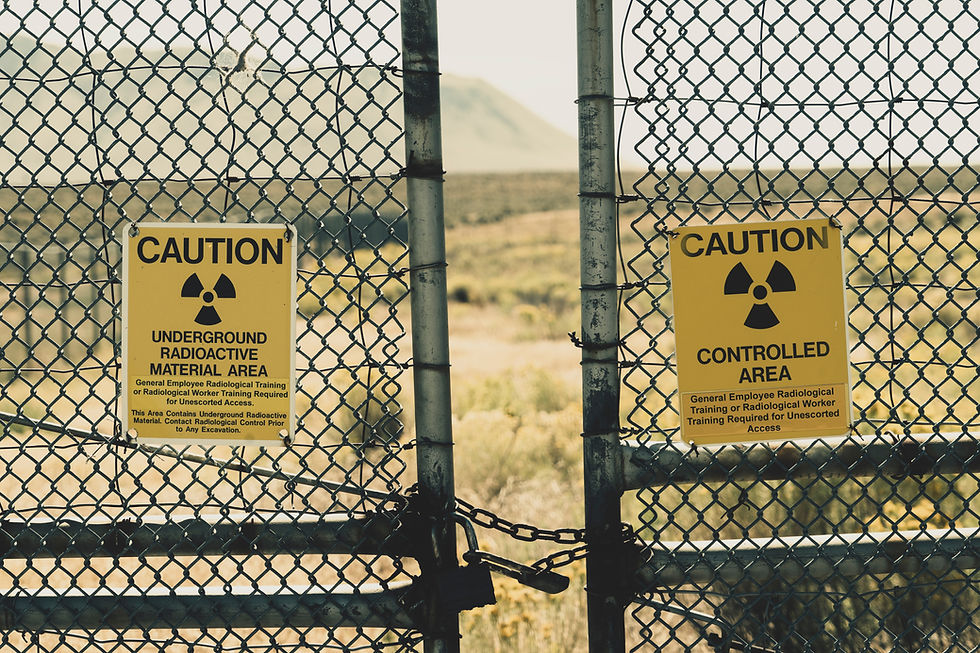

Quantum Teleportation
Contrary to common belief, the actual scientific definition of teleportation is not “the movement of one mass from one location to...
3 min read


Ocean Mirrors
Ocean mirror is a less well-known method for limiting the effects of sunlight to reduce global temperature. This method uses long-lasting...
2 min read


Cloud Seeding: Creating Artificial Rain
There is, indeed, a method to create rain artificially—cloud seeding. Cloud seeding is when one uses particles like silver iodide or...
2 min read


Microwaves: Beyond the Kitchen
In 1864, James Clerk Maxwell predicted microwaves by the use of his equations. Later, in 1888, Heinrich Hertz created the first...
2 min read






Comments